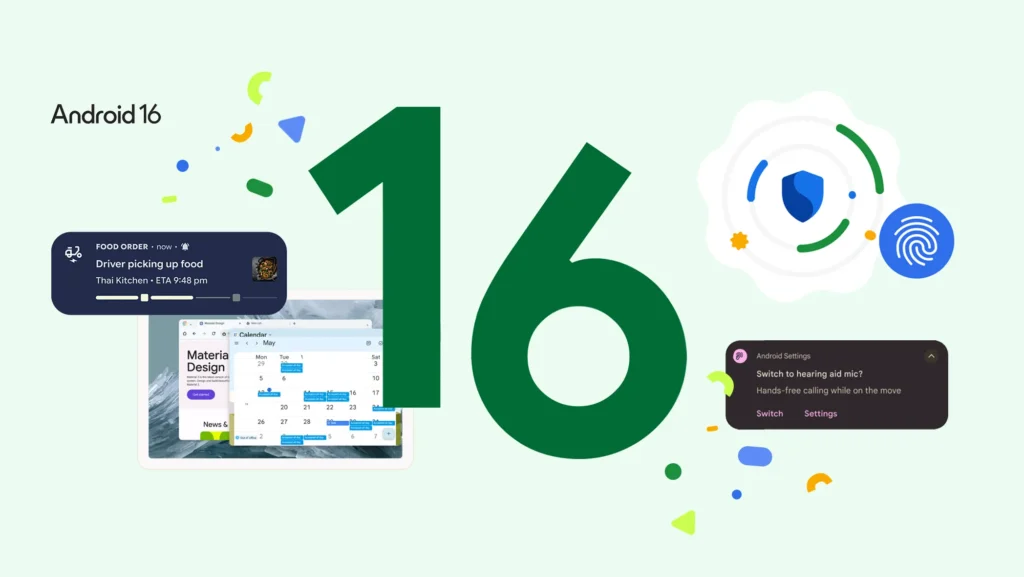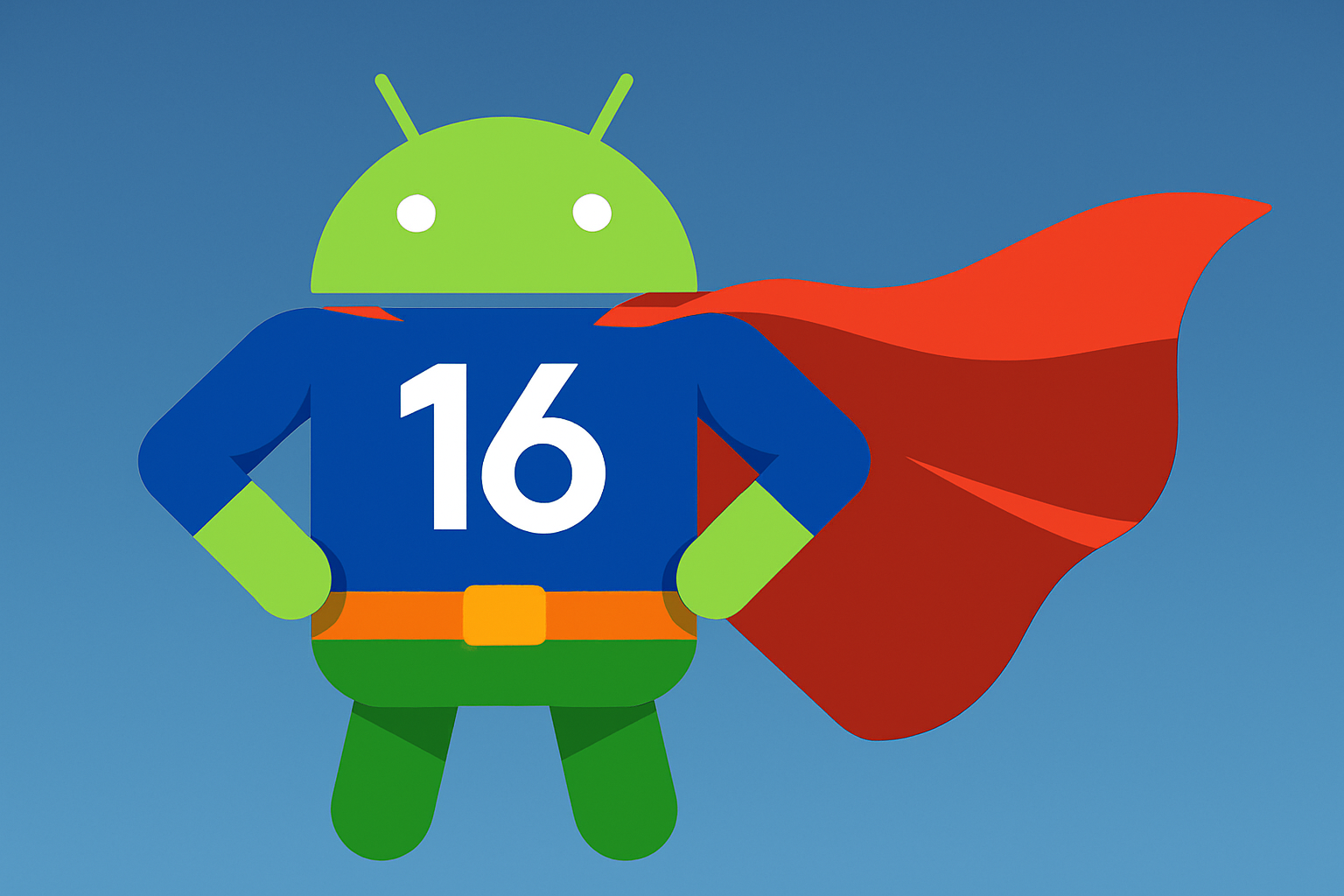Android 16 has officially launched, with supported Pixel phones getting the update first and other devices expected to follow later this year. This early rollout is one of the fastest we’ve seen in recent memory, and while that sounds impressive on paper, the actual update doesn’t deliver much in the way of excitement.
Let’s be honest, folks, it has been many years since an Android release truly thrilled anyone. Android 16 is no different. It brings polish, it brings utility, but it doesn’t bring the kind of game-changing features that used to make Android fans genuinely look forward to version upgrades.
That said, the changes here are practical. Notifications are getting smarter with live updates from food delivery and ride-share apps. No more compulsively checking your phone to see if your pizza is getting cold. Android now does a better job of grouping app notifications too, helping to reduce visual clutter.
Accessibility has also improved, particularly for those who use hearing aids. Android 16 allows users to route call audio through the phone’s microphone instead of the hearing aid’s front-facing mic, which can struggle in noisy environments. There’s also tighter native control for adjusting hearing aid volume directly from Android’s interface.

On the security front, Google is making its strongest protections more accessible. Advanced Protection, a feature once reserved for high-risk users like journalists and politicians, can now be enabled in just one tap. It blocks phishing, scam calls, harmful apps, and more. This is a welcome option for anyone who takes mobile security seriously.
Tablet users finally get some love too. Android 16 introduces desktop-style windowing for large-screen devices. You can now freely open, move, and resize app windows, making multitasking more desktop-like. Additional productivity features, like custom keyboard shortcuts and taskbar overflow, are also on the way.
Beyond the headline features, Android 16 quietly adds a few more thoughtful improvements. Power users and developers will appreciate the inclusion of a built-in Linux terminal that runs a full Debian environment. Yes, even graphical apps like Doom. There’s also better Bluetooth LE Audio support with Auracast, allowing one device to stream audio to multiple receivers at once.
Google has also upgraded the photo picker so you can access your cloud-based media directly without jumping between apps. Notifications now support a “cooldown” mode that lowers their intensity when too many alerts come in too quickly. And Android 16 supports FHIR health records, enabling secure access to things like vaccination history. This lays the groundwork for future health data integration.
Visually, Android is slowly evolving with its new Material 3 Expressive design language, but these changes are still trickling in. The update just doesn’t feel new in any meaningful way. It’s more of a background update (useful, polished, and quietly modern) but hardly something that’s going to generate much buzz.
So yes, Android 16 does make your phone smarter and more secure. But does it move the needle? Not really. And unless you’re someone who’s been waiting for a Linux terminal on your Pixel, this release probably isn’t going to blow your mind.
Android 16 is rolling out now to supported Pixel devices. Expect other manufacturers to follow in the coming months.


